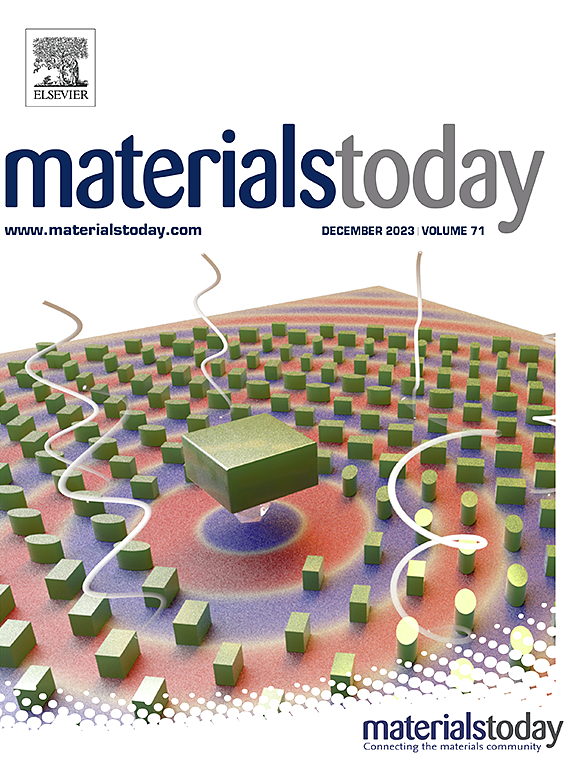Anion-driven enabled functional nanomaterials from metal and metal oxide nanoparticles
IF 21.1
1区 材料科学
Q1 MATERIALS SCIENCE, MULTIDISCIPLINARY
引用次数: 0
Abstract
Despite significant progress in the synthesis of nanocrystals (NCs) by conventional wet-chemical synthetic approaches, producing nanostructures with complex architectures tailored to specific applications remains a formidable challenge. Recently, anion-driven synthesis, including oxidation, sulfidation, phosphorization, nitridation, selenization, telluridation, and chlorination have emerged as a versatile approach to produce novel nanostructured materials with tuned size, morphology, crystal structure, and composition from the chemical transformation of template NCs. This chemical conversion can be accompanied by the formation of new NCs architectures, overall modifying the surface chemistry and the mechanical, electronic, optical, and magnetic properties of the material. This strategy can be used to optimize the performance of the material in a range of applications, including energy conversion and storage, catalysis, bioimaging, drug delivery, and sensing. In this review, we first detail the possible anion-driven synthesis and discuss the related underlying mechanisms. Subsequently, we overview the unique nanostructure obtained by this strategy and summarize their functional properties and potential applications. Finally, we provide perspectives and discuss the remaining challenges and the new opportunities in this field.

求助全文
约1分钟内获得全文
求助全文
来源期刊

Materials Today
工程技术-材料科学:综合
CiteScore
36.30
自引率
1.20%
发文量
237
审稿时长
23 days
期刊介绍:
Materials Today is the leading journal in the Materials Today family, focusing on the latest and most impactful work in the materials science community. With a reputation for excellence in news and reviews, the journal has now expanded its coverage to include original research and aims to be at the forefront of the field.
We welcome comprehensive articles, short communications, and review articles from established leaders in the rapidly evolving fields of materials science and related disciplines. We strive to provide authors with rigorous peer review, fast publication, and maximum exposure for their work. While we only accept the most significant manuscripts, our speedy evaluation process ensures that there are no unnecessary publication delays.
 求助内容:
求助内容: 应助结果提醒方式:
应助结果提醒方式:


